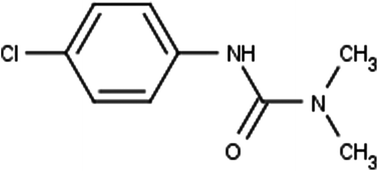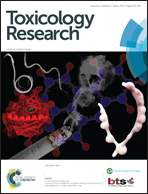Transcriptomic alterations induced by Monuron in rat and human renal proximal tubule cells in vitro and comparison to rat renal-cortex in vivo
Abstract
Monuron (1,1-dimethyl-3-(4-chlorophenyl)urea) is a non-selective phenylurea herbicide, widely used in developing countries although concerns have been raised about its toxicity and carcinogenicity. Monuron was evaluated by the National Toxicology Program in 1988 and shown to be a male rat-specific renal carcinogen. We report that oral administration of Monuron to male rats for 3 days, leads to a larger number of genes being differentially expressed in the renal-cortex than in the liver. Further, we observed up-regulation of cell cycle genes and genes involved in cell proliferation in the renal-cortex while in the liver xenobiotic metabolising enzymes were up-regulated. We also identified one commonly down-regulated gene in both organs – fragile histidine triad gene (Fhit), a putative tumour suppressor gene; however the down-regulation was only significant at the protein level in the liver. In addition, we conducted in vitro whole-genome transcriptomics studies with human and rat renal cortical cells. Rat cells exposed to Monuron showed down-regulation of sterol biosynthesis, spliceosome and cell cycle genes and up-regulation of genes involved in amino acid metabolism and transport. No genes were found to be differentially expressed in human cells exposed to Monuron. Overall, the findings from the in vitro studies showed very little overlap with the whole animal findings.


 Please wait while we load your content...
Please wait while we load your content...